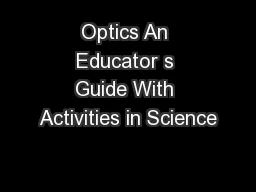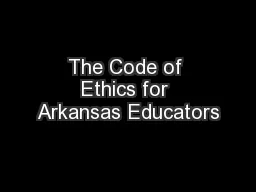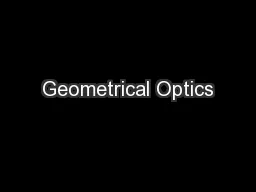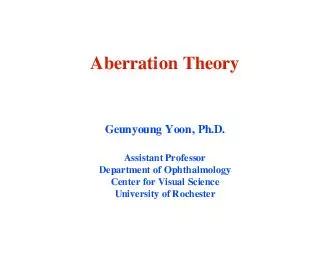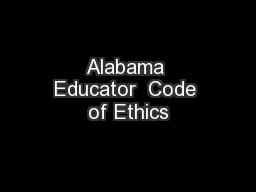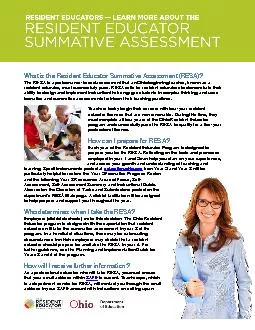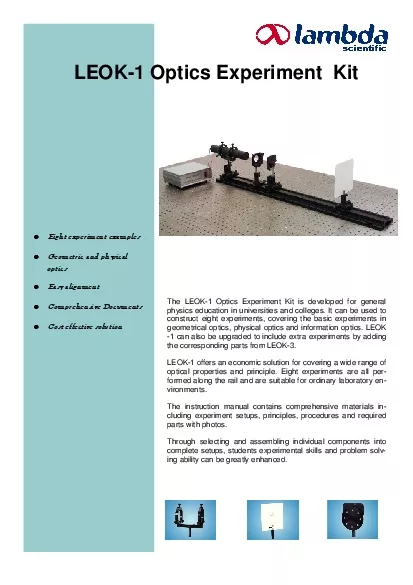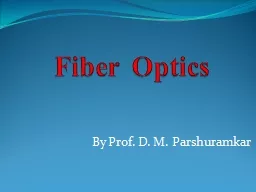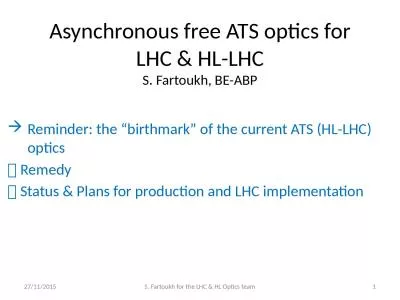PDF-Optics An Educator s Guide With Activities in Science
Author : natalia-silvester | Published Date : 2015-05-29
Science Standards Science as Inquiry Physical Science Mathematics Standards Problem Solving Communication Connection ComputationEstimation Measurement spectroscope
Presentation Embed Code
Download Presentation
Download Presentation The PPT/PDF document "Optics An Educator s Guide With Activiti..." is the property of its rightful owner. Permission is granted to download and print the materials on this website for personal, non-commercial use only, and to display it on your personal computer provided you do not modify the materials and that you retain all copyright notices contained in the materials. By downloading content from our website, you accept the terms of this agreement.
Optics An Educator s Guide With Activities in Science: Transcript
Download Rules Of Document
"Optics An Educator s Guide With Activities in Science"The content belongs to its owner. You may download and print it for personal use, without modification, and keep all copyright notices. By downloading, you agree to these terms.
Related Documents

